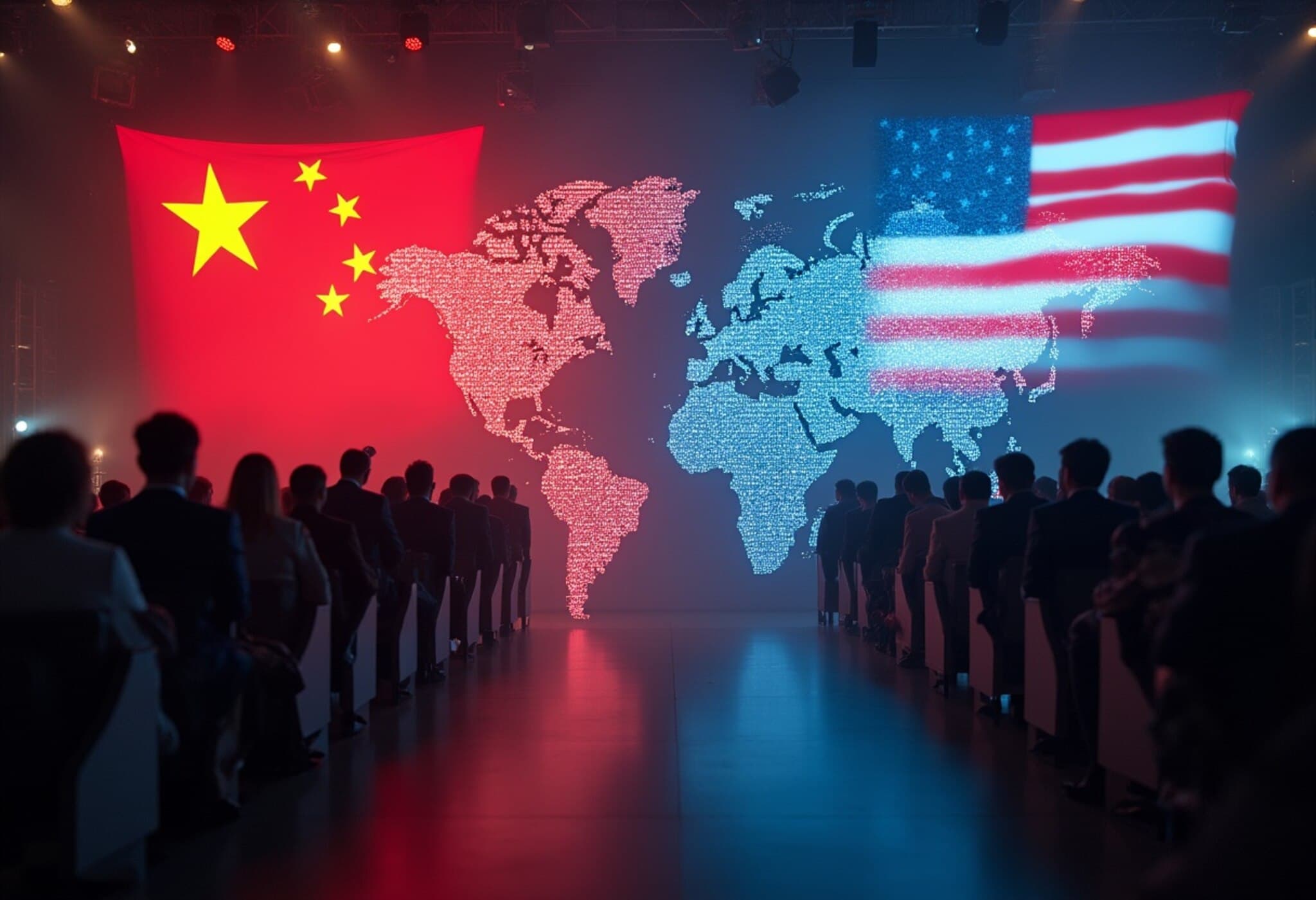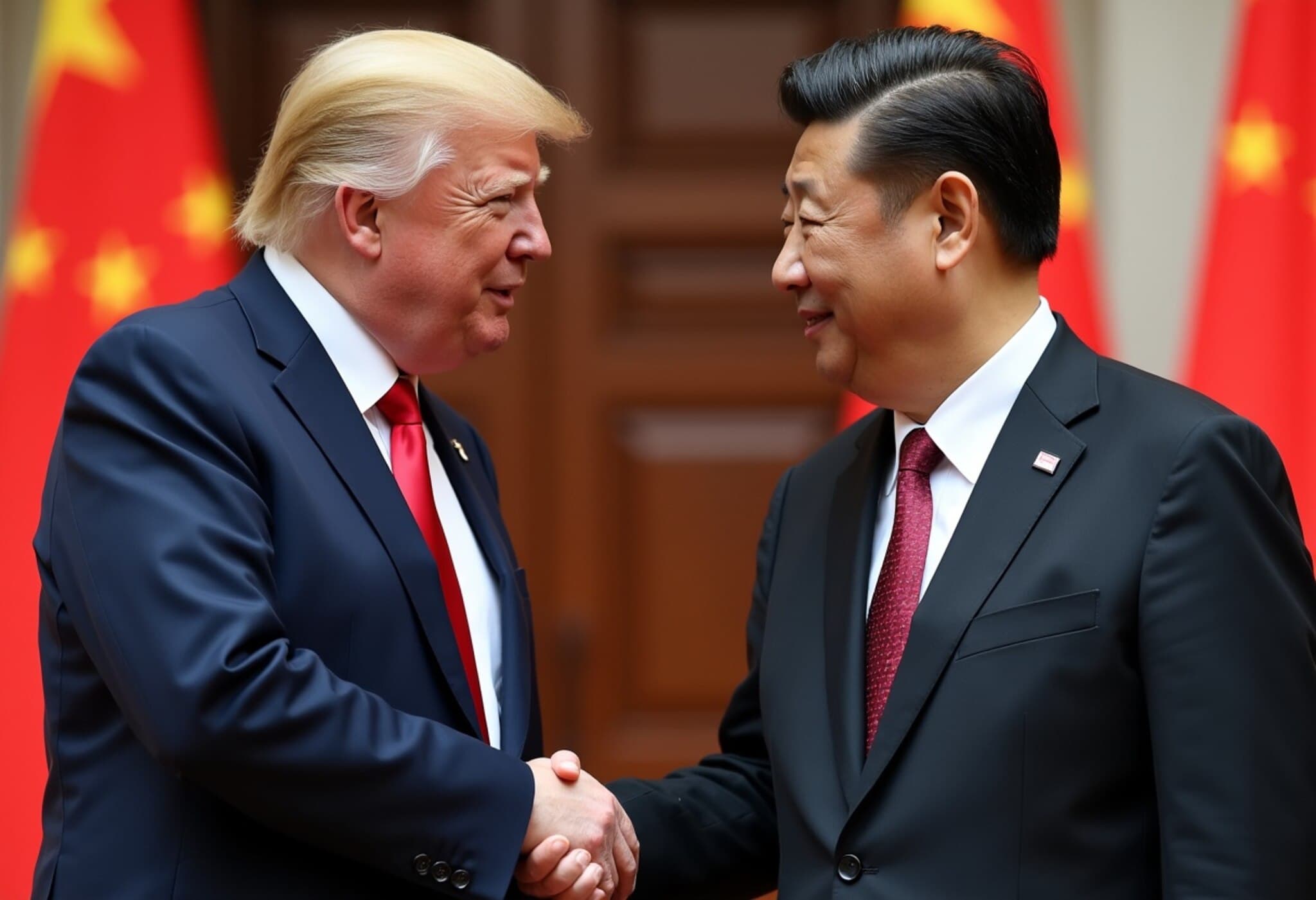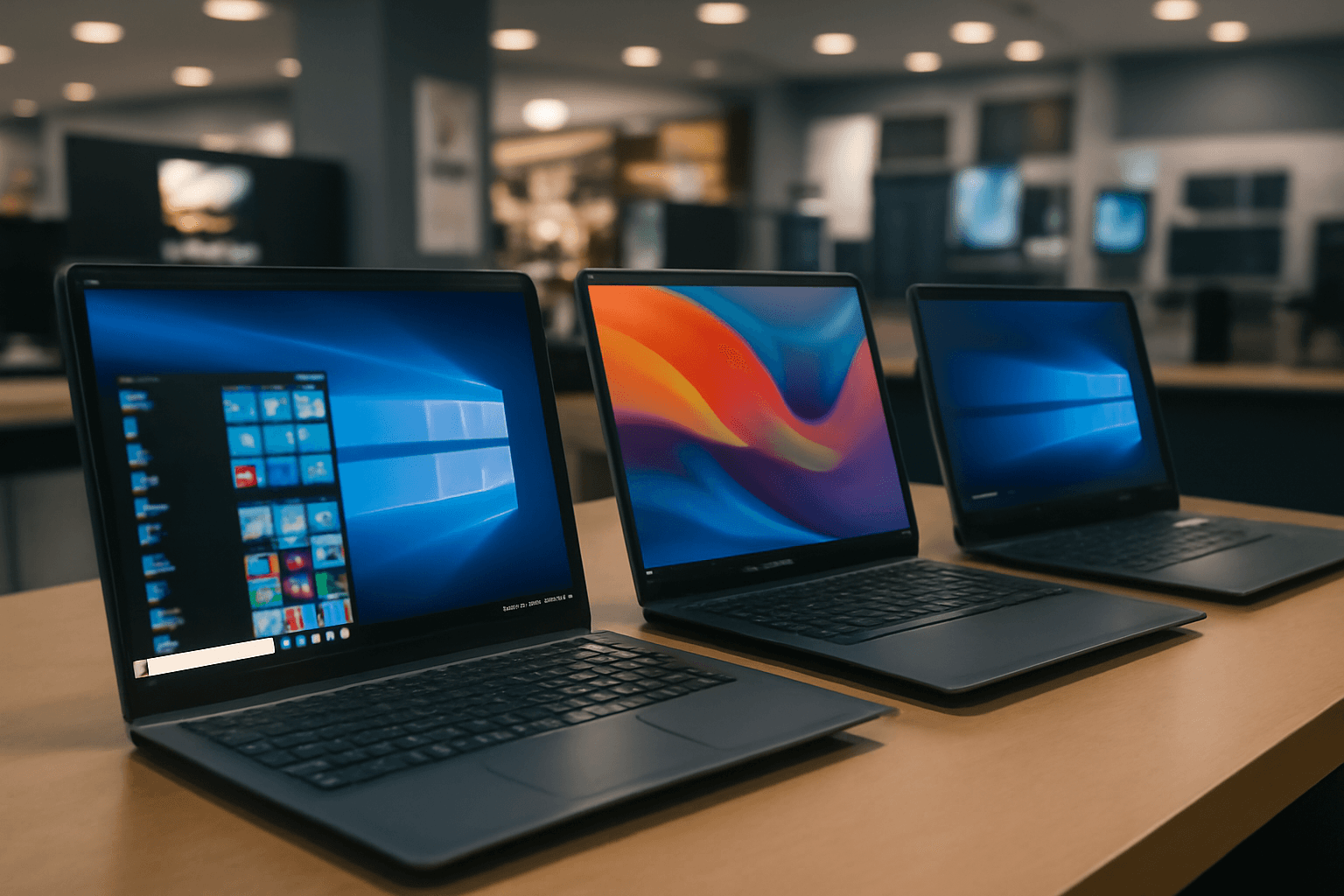Finding a Middle Ground in the US-China Tech Tug of War
As the technology arms race between the United States and China accelerates, Southeast Asia faces a critical juncture: should the region align with one superpower or carve out an independent path? Experts convened at CNBC’s East Tech West conference in Bangkok argue that Southeast Asia doesn’t have to—and shouldn’t—choose sides in the escalating artificial intelligence (AI) competition. Instead, the region could benefit by blending the best technological advances from both nations while nurturing its own unique innovations.
Balancing Economic Ties and Technological Standards
Julian Gorman, head of Asia-Pacific at GSMA, highlighted the deep economic interdependence Southeast Asia shares with both China and the U.S., making a clean break toward either unlikely and strategically unwise.
"It's very important that we continue to focus on not fragmenting technology, standardizing it, and ensuring technology transcends geopolitics to ultimately serve the common good," Gorman emphasized.
This balancing act is not entirely new: Southeast Asia’s telecom and mobility sectors already depend heavily on Chinese manufacturing and hardware while leveraging American technology and infrastructure. This delicate equilibrium could become the blueprint for how the region navigates the AI landscape.
U.S. and Chinese AI: Competitive yet Complementary Forces
George Chen, managing director at The Asia Group, noted that Southeast Asia initially gravitated toward U.S.-developed AI solutions, such as those offered by Google and Microsoft. However, China’s rise, particularly through innovative open-source AI models like DeepSeek, has challenged that dominance.
- DeepSeek’s open-source licensing enables regional developers to customize and adapt AI tools to local needs, providing an affordable alternative to proprietary American models.
- Open-source AI is proving a critical strategy for emerging economies aiming to establish sovereign AI capabilities rather than relying solely on foreign providers.
- On the hardware front, U.S. chipmaker Nvidia continues to dominate AI processors, although China's advancements could reshape the market within a decade, offering cost-effective alternatives.
Chen advised Southeast Asia to avoid knee-jerk alignment with either superpower and instead focus on maximizing economic potential through flexibility and selective adoption.
Southeast Asia’s Unique Competitive Advantages
While the U.S. and China lead in developing foundational AI models, Southeast Asia boasts distinctive strengths that can drive its AI ecosystem forward:
- A young, digitally savvy population hungry for innovative apps and services.
- A vibrant app development environment that encourages creativity and practical application of AI.
- Relatively lower research and development costs compared to more mature markets.
- Regions like Malaysia’s Johor have become hubs for tech service outsourcing, amplifying the region’s tech footprint.
Chen recommends that Southeast Asia actively attract advanced AI companies to transfer knowledge and foster domestic industry growth—mirroring China’s playbook of leveraging foreign technology to boost local capabilities.
Opportunity to Lead in AI Governance and Ethics
Beyond technology development, Southeast Asia can stake a claim as a pioneering voice in global AI regulation and ethical frameworks. Gorman points to Singapore’s recent success in managing international scams and financial fraud through innovative regulatory initiatives as a model.
"Southeast Asia can act as a neutral meeting ground for high-level dialogues between the U.S. and China, helping shape responsible AI use globally," Gorman says.
Currently, global AI regulations remain fragmented. While the European Union has taken the lead with comprehensive AI regulations, many ASEAN nations and the U.S. have yet to adopt similar frameworks. Chen stresses that regional cooperation and unified standards will be key for Southeast Asia to amplify its influence in international AI policymaking.
Looking Ahead: Navigating a Complex Future
The U.S.-China AI rivalry undoubtedly presents challenges but also an unprecedented opportunity for Southeast Asia. By refusing to pick sides, embracing hybrid technology adoption, and championing ethical AI governance, the region may emerge not as a battleground but as a bridge that shapes the future of AI in Asia and beyond.
Editor’s Note
Southeast Asia’s position in the global AI race is a litmus test for how emerging economies can maintain sovereignty amid geopolitical tensions. Policymakers face thorny questions: How can the region safeguard its digital future without alienating either superpower? What strategies ensure equitable access to AI’s benefits while mitigating risks? As the world edges closer to an AI-driven era, Southeast Asia’s nuanced approach could serve as a blueprint for other regions grappling with similar dilemmas.



















